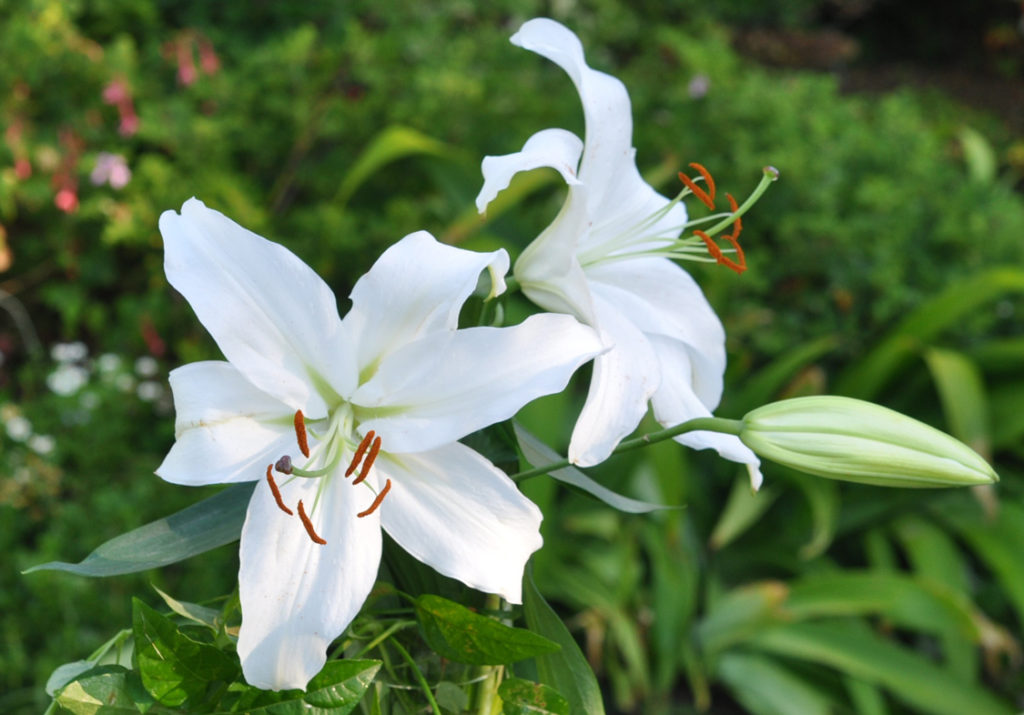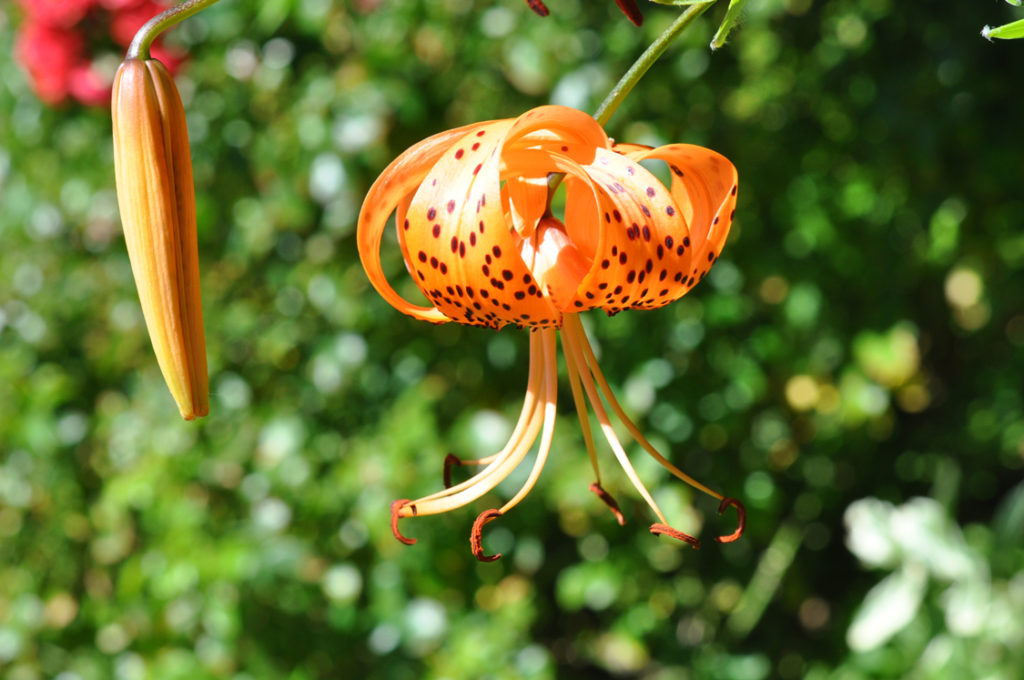The leading ladies of the summer border, lilies are reliable, rewarding and so easy to grow
The more than 100 true lilies that belong to the genus Lilium are famous for their stunning trumpet-shaped flowers, some with swept-back petals, others open-faced. The wide range of types and colours means you’ll find one that will complement your garden no matter its style.
The best lilies for South African gardens

Oriental ‘Casablanca’
Asiatic hybrids are one of the easiest to grow and the earliest to flower.
They have masses of open-faced, upward-facing blooms in vivid colours and make a stunning display. Shorter than other hybrids with strong stems, they need no staking. Plant them a little deeper than other lilies as they form roots above their bulbs. They multiply fast, producing bulbils (shoots) in their leaf axils, but unfortunately they have no fragrance.
Oriental hybrids are a cross between L. auratum from Japan and L. speciosum from China and Japan. They’re loved for their bold, bowl-shaped flowers. Deliciously fragrant, they reach a stately height of 1,5–2m and flower in mid to late summer. Bulbs are only available in August.
LAs or Asiflorum hybrids are a cross between L. longiflorum (L) and the Asiatic hybrids (A). They owe their trumpet-shaped flowers, long vase life and vigour to the former, while their bright colours and upward-facing flowers, clustered at the apex of the stem, come from the latter. They grow to a height of 1,3–1,7m.
Tiger lilies are tall beauties that add an exotic touch to the garden with their speckled, pendulous flowers. They produce a profusion of little bulbils which can be planted up in seed trays.
6 good reasons to grow lilies

Tiger lily
- They have a long flowering season. If you plant a succession of bulbs you can have flowers from mid-spring to early autumn.
- You can grow them directly in the border among your roses or other perennials; they’re also perfect for pots. The advantage of planting them in pots is that they can simply be moved onto the patio when in flower or transplanted into bare spots in the garden.
- Many are fragrant, so plant them near windows, close to your front door, along paths or in a courtyard.
- They make fantastic cut flowers.
- You can simply leave them in the ground once they’ve died back in autumn and they’ll pop up again in spring or summer. In really hot regions, plant them in a little shade and mulch well to keep the bulbs cool while they’re dormant.
- They vary in height from the tall L. longiflorum (1–1,5m) to the shorter Asiatic hybrids (60cm–1m), making them useful in a mixed border.

